Six cities shaped by a single mind
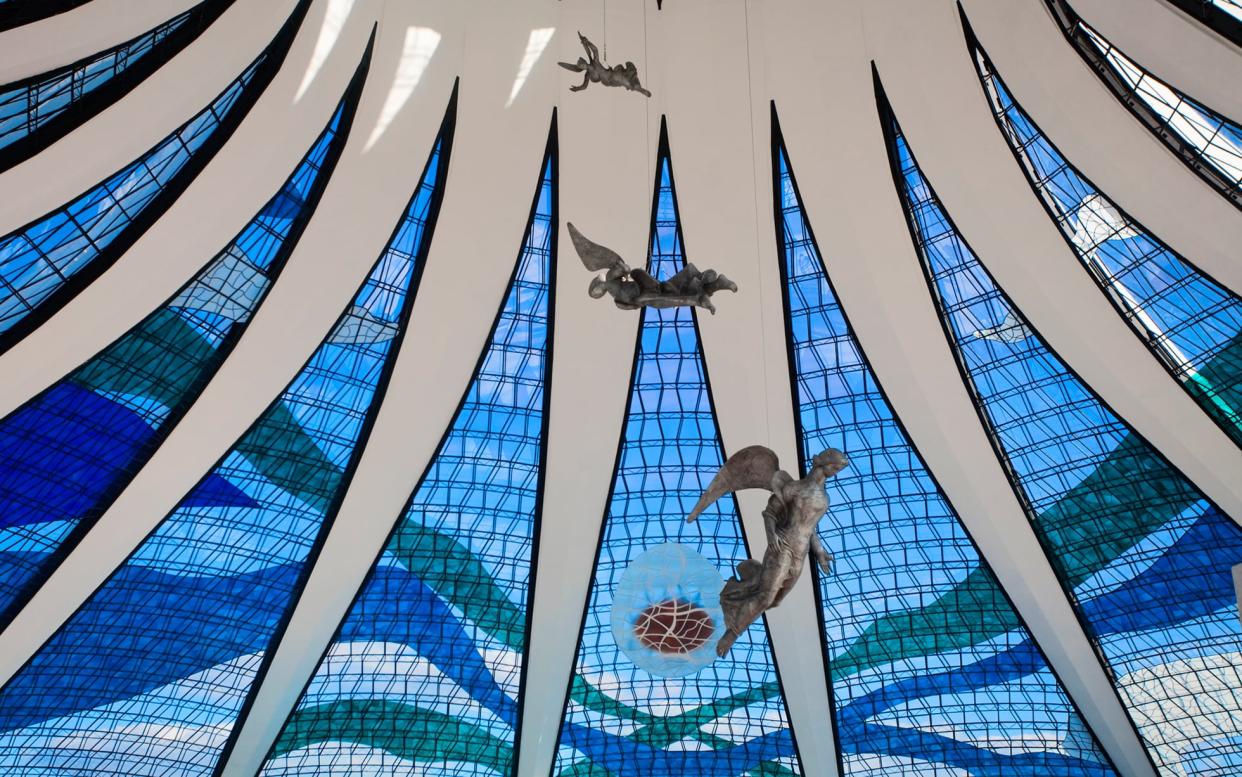
Manrique is not the only architect to have fashioned an enrivonment to their own particular blueprint. The six following visionaries also stamped a visible imprint onto the international map...
Sir Edwin Lutyens: New Delhi
1912-1931
Acolytes of his grand style have suggested that this brilliant Londoner was the greatest architect ever to emerge from the UK. It is an argument that holds water if you consider the graceful buildings he conjured in New Delhi. In 1911, the seat of British rule in India shifted north-west from Calcutta – and Lutyens took on the job of forging a setting fit for government. He did so by raiding the classical canon – piling up archways, domes and columns. The India Gate remains a mighty monument, while the Lutyens Bungalow Zone – where houses for state officials boast colonnaded facades – still bears its creator’s name.
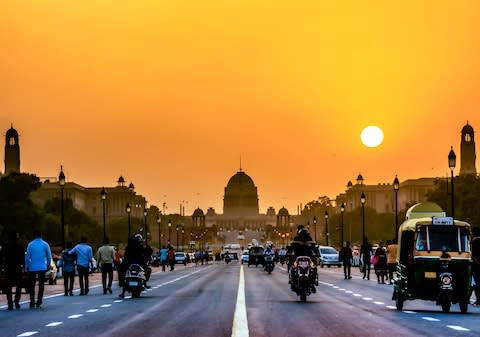
Masterpiece
Rashtrapati Bhavan. It was known as Viceroy’s House – a home for the Governor-General – when Lutyens finished it in 1929. It still effectively enjoys this role. As of 1950, this 340-room miracle has been the official residence of the Indian president.
See for yourself
Martin Randall Travel (020 8742 3355; martinrandall.com) has a 12-day “Architecture of the British Raj” group tour scheduled for February 1 2020. This will visit Mumbai and Kolkata (Calcutta) as well as Delhi. From £5,470 a head – flights extra.
Le Corbusier: Chandigarh
1951-1961
The genius otherwise known as Charles-Edouard Jeanneret had a blank canvas when he was charged with designing a new city in northern India shortly after Partition had placed Lahore – the onetime capital of Punjab – on the far side of the border with Pakistan. The Swiss-French whirlwind didn’t waste it. He wasn’t the sole brain behind the metropolis of neat blocks and right angles which sprouted on the plains (the American Albert Mayer drew up the early plans), but his fiercely modernist fingerprints are all over the “Capitol Complex” at its core. The Open Hand Monument – an 85ft (26m) metal sculpture – could not be anyone else’s work. The complex was given Unesco World Heritage status in 2016.
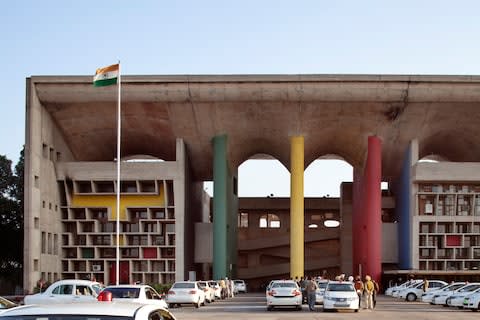
Masterpiece
The Palace of Assembly, a slab of curving concrete standing staunchly next to a reflecting pool – a clear fulfilment of the brief handed to Le Corbusier by the Indian Prime Minister Jawaharlal Nehru to beget a city “unfettered by the traditions of the past.”
See for yourself
Cox & Kings (020 3918 4642; coxandkings.co.uk) offers a 13-day “Journey through the Himalayan Foothills” which visits Chandigarh (and Shimla). From £1,795 per person as a group trip, from £2,335 a head as a private tour – including flights.
Oscar Niemeyer: Brasilia
1956-1960
Le Corbusier’s ally in modernism had an almost identical task at the time Chandigarh was under development, although Niemeyer’s was an even more audacious commission – to craft a new national capital for Brazil. What he achieved in four years – magicking up an entire conurbation in the country’s central-west highlands – was remarkable. Again, he was not alone in his labours (his friend Lucio Costa was also instrumental), but history has given this mould-breaker much of the credit. Six decades on, Brasilia still gleams – in the Itamaraty Palace, whose taut arches, framed by water, house the Ministry of Foreign Affairs. And in the National Congress, whose giant semi-spheres still look like the future.
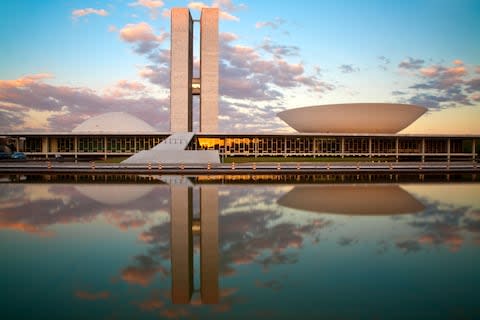
Masterpiece
The Metropolitan Cathedral – 16 white reinforced concrete arcs conspiring to forge a colossal crown. Inside, restrained use of stained glass makes for a place of light and scale. The eye struggles to believe that it has the same function as St Peter’s in Rome.
See for yourself
Last Frontiers (01296 653 000; lastfrontiers.com) dispenses a 14-day “Classic Brazil” itinerary that calls on Brasilia. From £3,890 per person, including flights.
Georges-Eugene Haussmann: Paris
1853-1870
Baron Haussmann’s radical alteration of the French capital was not so much a case of scribbling on a clean slate as clearing out the cupboard. Commissioned by Emperor Napoleon III to bring fresh space and perspective to a city which, in the mid-19th century, was still a dirt-ridden slum-maze, his work involved dismantling whole medieval districts (Arcis, on the right bank of the Seine, was swept away) and replacing them with the elegant cityscape so familiar today. His revolution met angry opposition, but many would now claim that his end justified his means. The enormous Place de la Republique which joins the third, 10th and 11th arrondissements, was Haussmann’s baby – as was Place de l’Etoile (now Place Charles de Gaulle) where 12 avenues radiate off the Arc de Triomphe.
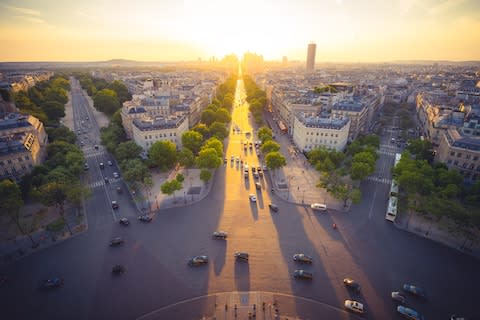
Masterpiece
The Boulevard Saint-Germain, the left-bank thoroughfare that hangs down from the river like a necklace, linking the Pont de Sully and Pont de la Concorde via two miles of cafes and restaurants – passing the Eglise de Saint-Germain-des-Pres on the way.
See for yourself
Kirker Holidays (020 7593 1899; kirkerholidays.com) offers three-night breaks to the four-star Hotel Relais Christine – a perfect base for exploring Saint-Germain-des-Pres – from £998 a head, including breakfast, transfers and Eurostar tickets.
Antoni Gaudi: Barcelona
1878-1926
While Catalonia’s most fabled architect did not take a demolition ball to Barcelona in the manner with which Haussmann dragged Paris out of the Middle Ages, his distinct method has become the city’s chief calling card in the century since his death. His outlandish take on “Catalan Modernism” – a fantastical cocktail of stained glass, ceramics, bright mosaic, Moorish Revival flourishes and wrought ironwork – still turns heads, whether it be the Casa Vicens in Gracia (the first house he designed, now a museum; casavicens.org), the surreal jewel that is the Casa Batllo (also open for visits; casabatllo.es) or the inimitable green lung of Parc Guell in La Salut (parkguell.cat), where Gaudi’s imagination was given free rein in multicoloured salamander sculptures and elongated serpentine benches.
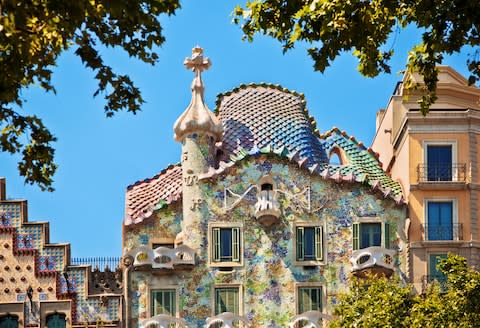
Masterpiece
The Sagrada Familia (sagradafamilia.org), the gargantuan many-spired church which was such a gloriously overblown encapsulation of Gaudi’s worldview that it was incomplete when he died – and remains a work in progress here in the 21st century.
See for yourself
A three-night stay (including breakfast) at the five-star Renaissance Barcelona, a two-minute walk from the Casa Batllo, flying from Heathrow on May 16, costs from £535 a head with British Airways Holidays (0344 493 0787; ba.com/holidays).
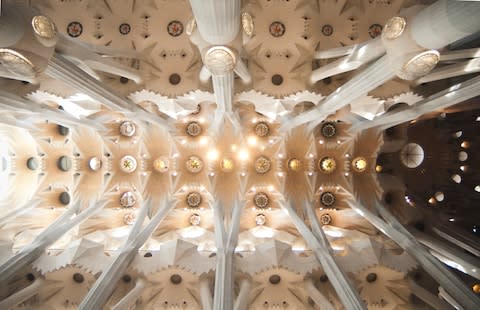
Charles Rennie Mackintosh: Glasgow
1895-1913
That this iconic Scot’s architectural career was, in relative terms, a short one (he became a painter in later life) only emphasises the effect he had on his home city. Born in Glasgow in 1868, Mackintosh had turned his talents to the streets around him by his mid-Twenties. His vision – pragmatic yet ornate, incorporating Japanese and Art Nouveau influences – bore fruit in brown-stone marvels such as Queen’s Cross Church and Glasgow School of Art. The destruction of the Mackintosh Building in the latter – by fires in both 2014 and 2018 – has been a tragedy, though there are hopes that it can be resurrected in some form.
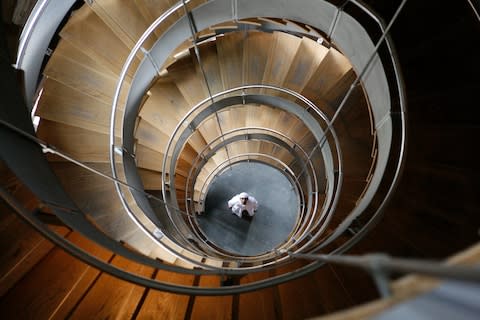
Masterpiece
The loss of the Mackintosh Building and its lovely wood-panelled library leaves extra reason to admire the Lighthouse (thelighthouse.co.uk), the former home of the Glasgow Herald, which is now an arts centre and exhibition space, open to the public.
See for yourself
Travel Editions (020 7251 0045; traveleditions.co.uk) offers a regular two-night group tour – “Charles Rennie Mackintosh in Glasgow – from £499 per person.

